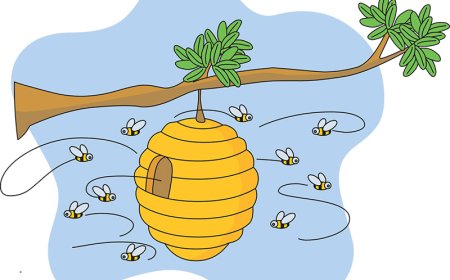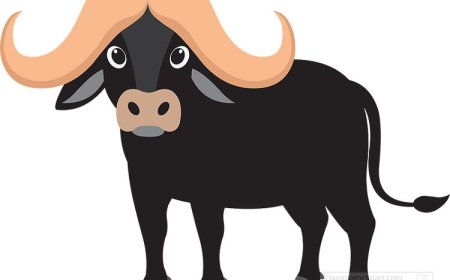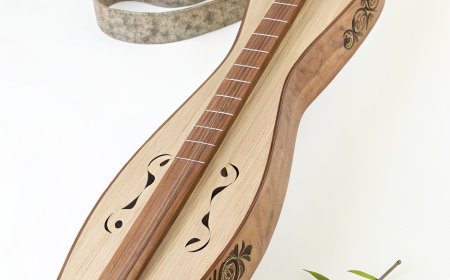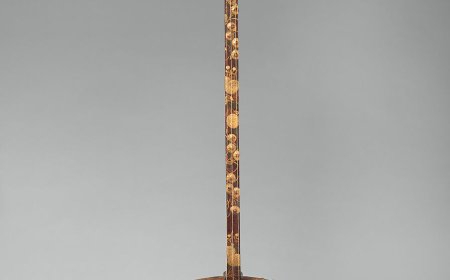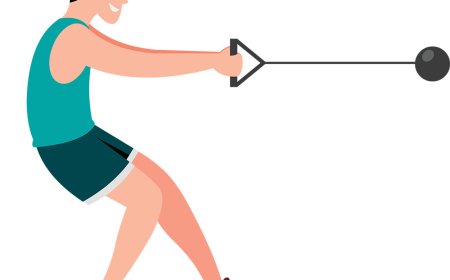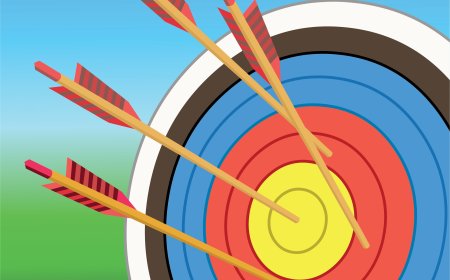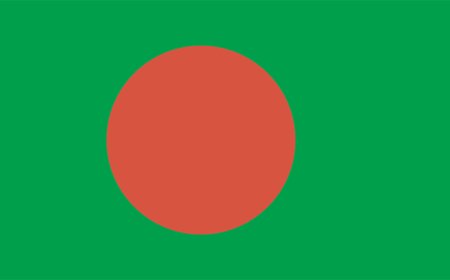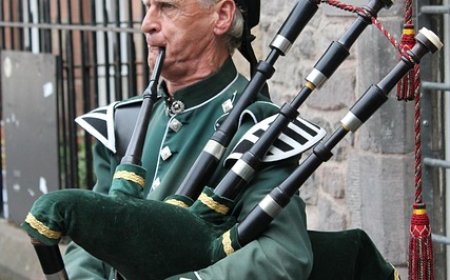Bandura Facts for Students Ukraine’s National String Instrument
Explore the bandura, Ukraine’s beautiful string instrument with a rich, harp-like sound. Learn how it works, its history, famous players, and how to play it.
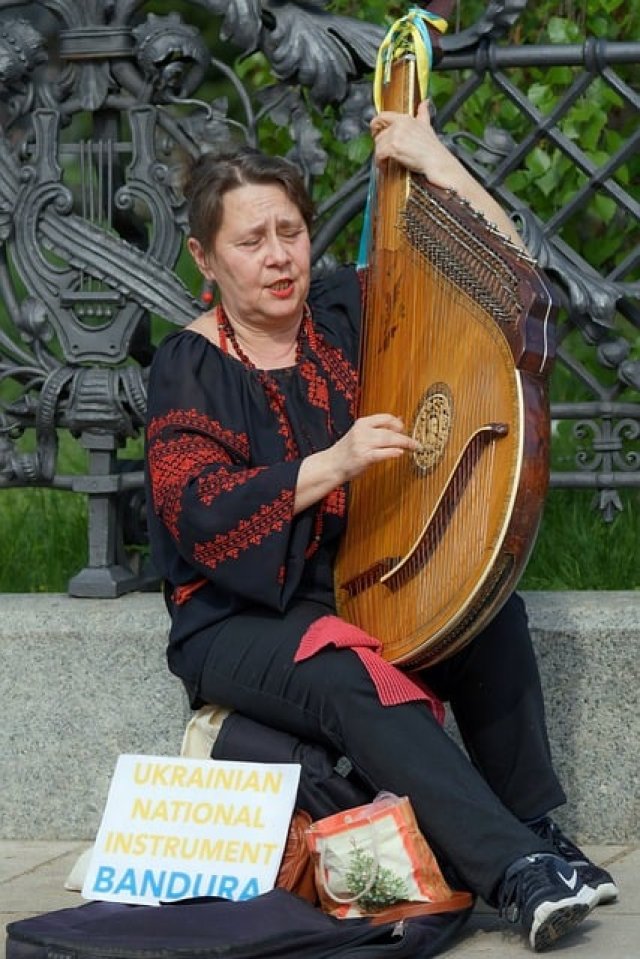
🎼 All About the Bandura
🥇 Introduction
The bandura is a beautiful plucked string instrument from Ukraine that looks like a cross between a harp and a lute. It has dozens of strings and produces a bright, rich sound that has echoed through Ukrainian history for centuries. The bandura is more than just an instrument-it's a symbol of Ukrainian culture, national pride, and storytelling. It is played in folk music, classical concerts, and patriotic songs, and it continues to inspire musicians around the world.
🎶 What Is a Bandura?
The bandura is a traditional Ukrainian instrument with up to 65 strings, depending on the type. It is held on the player's lap and played by plucking the strings with both hands-right for melody and left for bass and accompaniment. It is often played solo or in ensembles, and its sound is similar to a harp or zither, but with its own unique brightness and resonance.
There are two main types of banduras:
-
The traditional folk bandura, which has fewer strings and a more rustic sound
-
The concert bandura, a modern version with more strings and greater range
The instrument is commonly associated with kobzars, Ukrainian musicians and storytellers who passed on the nation's history through music.
🧩 Parts of the Bandura
Although the bandura looks like one solid piece, it has several key parts:
-
Body - The large, rounded wooden base that acts as a resonator
-
Soundboard - The flat top where most of the strings are located
-
Bass Strings - A row of longer strings (usually on the left side) for deeper notes
-
Treble Strings (Pristrunky) - A fan-shaped arrangement of many short, higher-pitched strings
-
Neck - A short curved section at the top of the body
-
Tuning Pegs - Small wooden or metal knobs used to tighten or loosen the strings
-
Bridge - Supports the strings and transfers vibrations to the soundboard
A bandura can be quite large and often requires a special case for storage and travel.
⚙️ How Does the Bandura Work?
The bandura works by plucking its strings, causing them to vibrate and produce sound. The soundboard and body amplify these vibrations, creating a warm, ringing tone. The player sits with the instrument in their lap, plucking melody and harmony at the same time.
The right hand plays the shorter treble strings, often carrying the main tune. The left hand plays the bass strings to create harmony and rhythm.
Since each string plays a fixed note, the bandura doesn't require finger pressing like a guitar or violin. Some concert banduras can be re-tuned using levers to allow key changes during performance.
📜 History of the Bandura
The bandura's roots go back hundreds of years, combining the features of the kobza (an early Ukrainian lute) and the psaltery (a string instrument used in medieval Europe). By the 17th century, the bandura was becoming a distinct instrument used by kobzars, blind musicians who traveled the country singing historical ballads, epics, and spiritual songs.
Under foreign rule and occupation, kobzars and their music became symbols of national resistance. The bandura continued to grow in popularity and was modernized in the 20th century to be used in concerts and orchestras.
Today, the bandura is considered Ukraine's national instrument and is played by professional musicians, schoolchildren, and folk groups across the world.
🥁 Famous Bandura Players
-
Taras Shevchenko - Ukraine's national poet and artist who helped popularize kobzar culture
-
Vasyl Yemetz - One of the first bandura soloists and promoters in the 20th century
-
Hryhory Bazhul - A master bandurist who preserved traditional songs in exile
-
Julian Kytasty - A modern-day American-Ukrainian bandura performer and educator
-
Oksana Stepanyuk - A classically trained soprano who includes bandura in her performances
-
Roman Hrynkiv - A contemporary bandura virtuoso blending folk and modern styles
🎶 Learning to Play the Bandura
Learning to play the bandura takes dedication but is rewarding for students who enjoy both melody and harmony. Beginners typically start with:
-
Learning how to hold the bandura properly
-
Plucking simple melodies and bass lines
-
Reading string number notation or music staff
-
Practicing hand coordination to play melody and accompaniment together
-
Learning traditional Ukrainian songs and scales
The bandura is often taught in Ukrainian cultural schools, conservatories, or private lessons, and can be learned at any age.
😄 Fun Facts About the Bandura
-
Some banduras have over 60 strings-more than a harp!
-
It combines two older instruments: the kobza and the psaltery
-
Traditional players, called kobzars, often played while blind
-
It is known as "the soul of Ukraine"
-
The bandura appears on Ukrainian stamps and currency
-
The modern concert bandura was developed in the 20th century
-
You can hear bandura music in pop, classical, and movie soundtracks
👧 Kid-Friendly Summary
The bandura is a beautiful instrument from Ukraine with lots of strings. You play it by plucking the strings with your fingers. It sounds like a harp and is great for playing songs and melodies. It's important in Ukrainian history and is still played today in concerts and schools.
📚 Vocabulary Words
Bandura – A Ukrainian plucked string instrument with many strings
Kobzar – A traditional Ukrainian storyteller and musician who played the bandura or kobza
Treble Strings – The higher-pitched strings on the bandura used for melody
Bass Strings – The longer, lower-pitched strings used for harmony
Resonator – The body of the instrument that makes the sound louder
Soundboard – The flat top part where the strings sit
Pluck – To pull and release a string to make a sound
Folk Music – Traditional songs passed down through generations
❓ Interactive Quiz (8 Questions)
1. Where does the bandura come from?
A. Russia
B. Poland
C. Ukraine
D. Austria
2. What kind of instrument is the bandura?
A. Percussion
B. String
C. Wind
D. Brass
3. What is a kobzar?
A. A singer
B. A dancer
C. A storyteller and musician
D. A violinist
4. How many strings can a bandura have?
A. 12
B. 30
C. 65 or more
D. 8
5. What hand usually plays the melody on a bandura?
A. Left hand
B. Right hand
C. Both feet
D. Left foot
6. What woodwind instrument does the bandura sound like?
A. Flute
B. Clarinet
C. None—it sounds more like a harp
D. Oboe
7. Which famous Ukrainian poet supported kobzar culture?
A. Leo Tolstoy
B. Taras Shevchenko
C. Alexander Pushkin
D. Mikhail Lomonosov
8. What two instruments influenced the creation of the bandura?
A. Guitar and violin
B. Oboe and trumpet
C. Kobza and psaltery
D. Flute and drum


